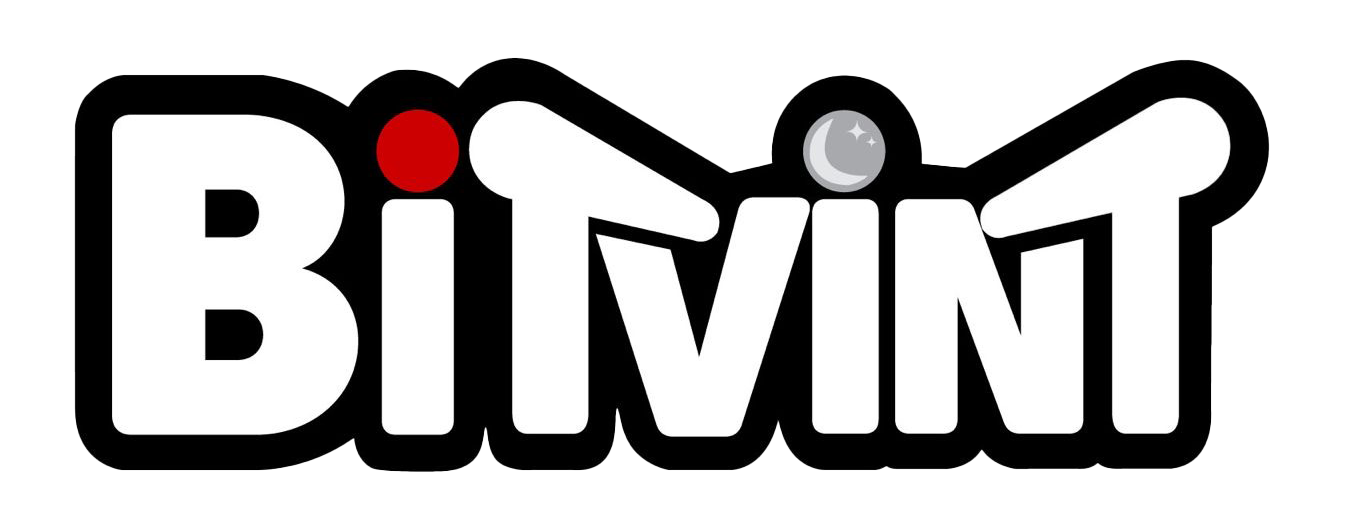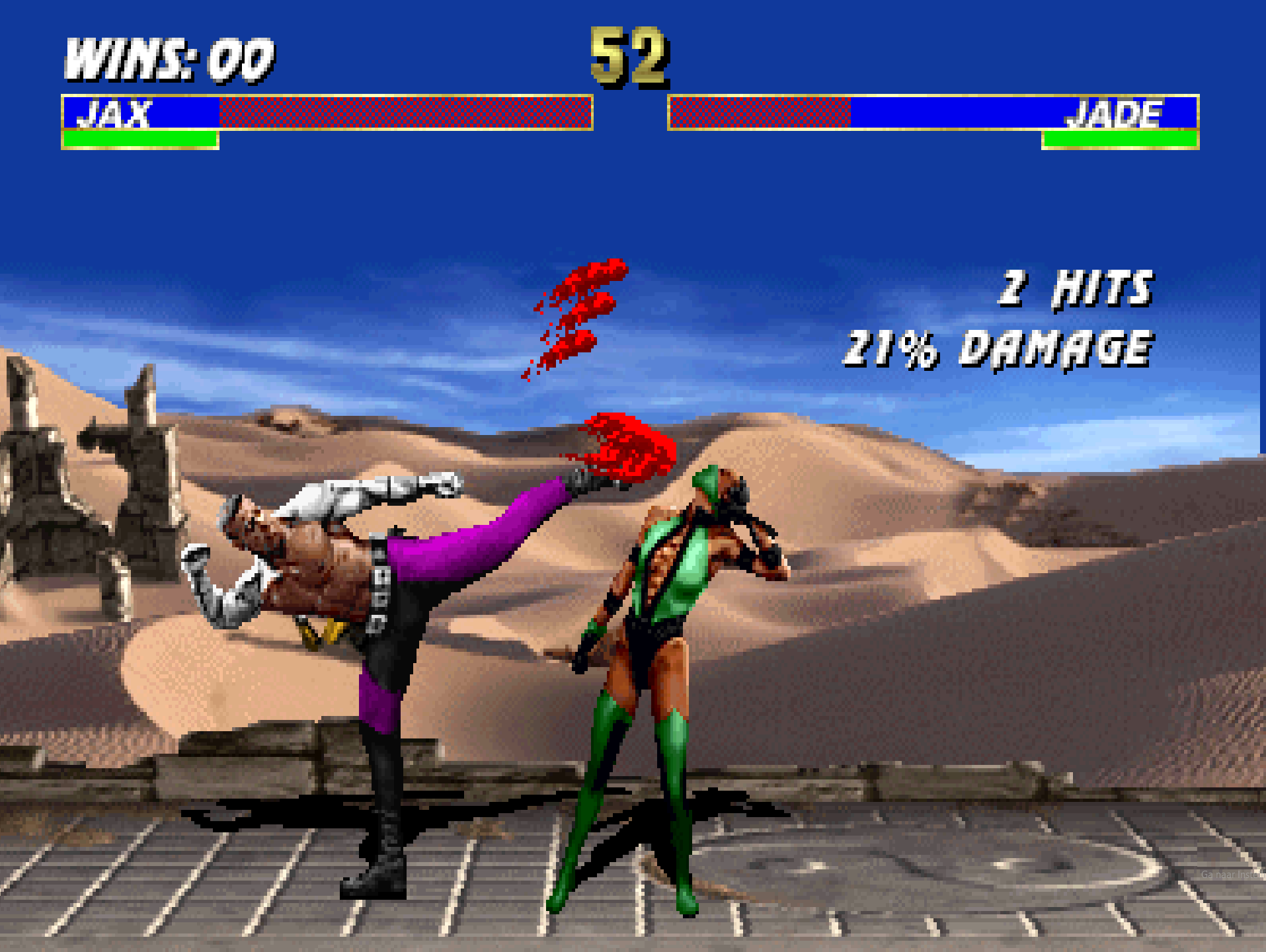Introduction
Released in late 1995, Ultimate Mortal Kombat 3 (UMK3) is an expanded and refined version of Mortal Kombat 3, developed by Midway Games. It reintroduced popular characters, improved the roster size, balanced gameplay, and became one of the most beloved competitive entries in the series. Known for its brutal combos, increased speed, and return of iconic fighters, UMK3 became the definitive MK experience of the arcade era.
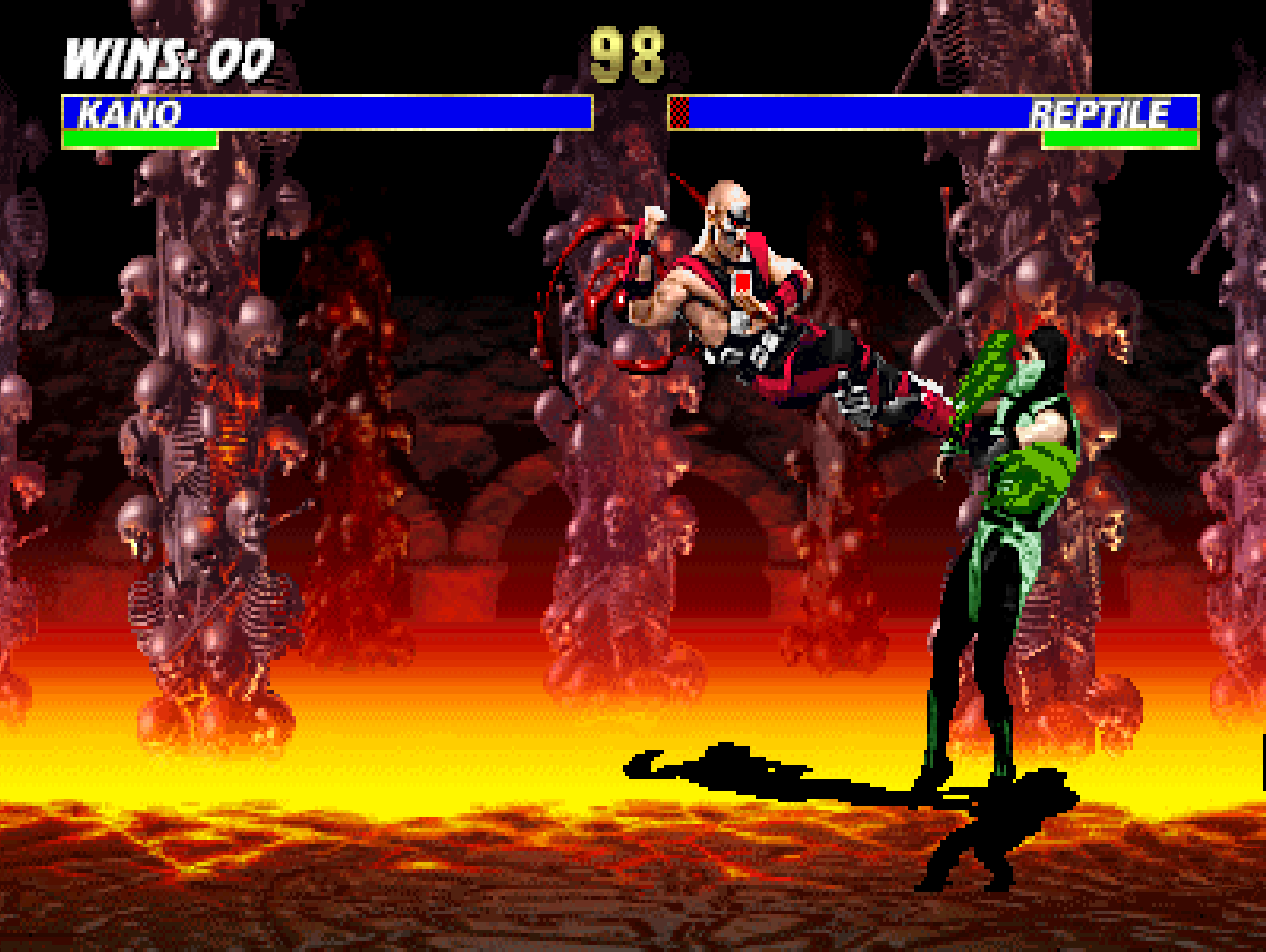
Development and History
- Developer: Midway Games
- Publisher: Midway Games
- Release Date: November 1995
Responding to player feedback from MK3, the development team rapidly released UMK3 with major updates. Most notably, it restored fan favorites like Scorpion, Kitana, and Jade, and brought back classic arenas. It also added the “Ultimate Kombat Kodes” system, new finishing moves, and refined mechanics to appeal to both casual players and tournament-level fighters.
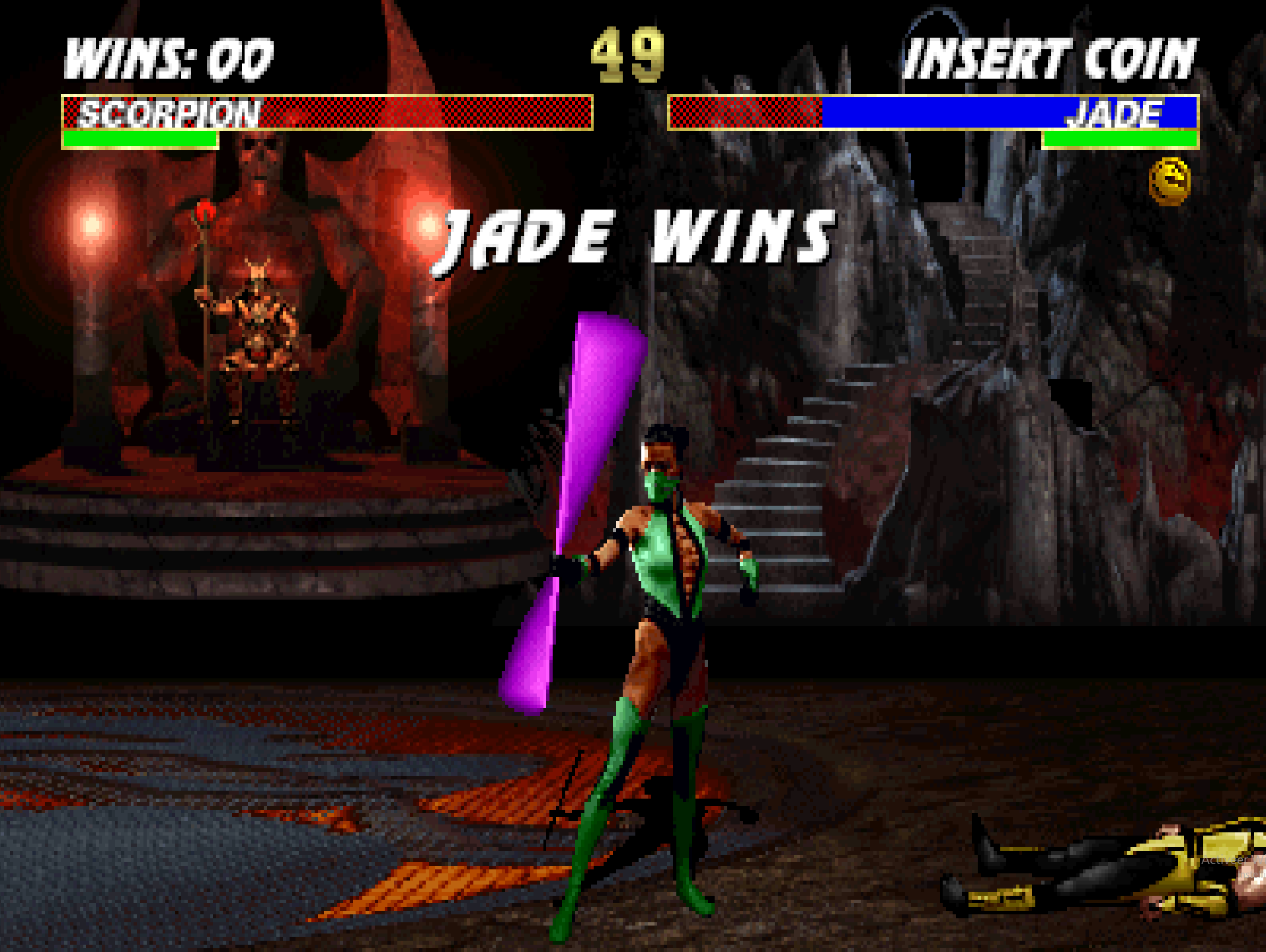
Gameplay Video
Gameplay and Mechanics
Core Gameplay
UMK3 retains MK3’s fast-paced combat and combo-centric gameplay while introducing key enhancements:
- Expanded Roster: 22 playable characters with unlockables.
- Revamped AI and Balancing: Tougher but more consistent enemy behavior.
- Chain Combos & Run Meter: Encourages aggressive offense and pressure.
- Six-Button Layout: High/Low Punch, High/Low Kick, Block, and Run.
- Ultimate Kombat Kodes: Players enter codes to unlock hidden characters or modes.
Notable New/Returning Characters
- Scorpion – Resurrected ninja wraith and series icon.
- Kitana – Edenian assassin wielding steel fans.
- Jade – Hidden character in MK2, now fully playable.
- Reptile – Stealthy lizard-ninja with acid-based attacks.
- Ermac – Red palette ninja revealed as a real fighter.
- Mileena – Clone of Kitana with brutal sai-based offense.
- Classic Sub-Zero – Masked version of the character from MK1 and MK2.
- Human Smoke – A fast-paced variant of Smoke with unique combos.
Challenges
- Combo Depth: Requires mastery of long combo chains and punish setups.
- Hidden Content: Unlocking Smoke and Ermac involved secret kodes.
- Stage Knowledge: Certain stages favored uppercut transitions or juggles.
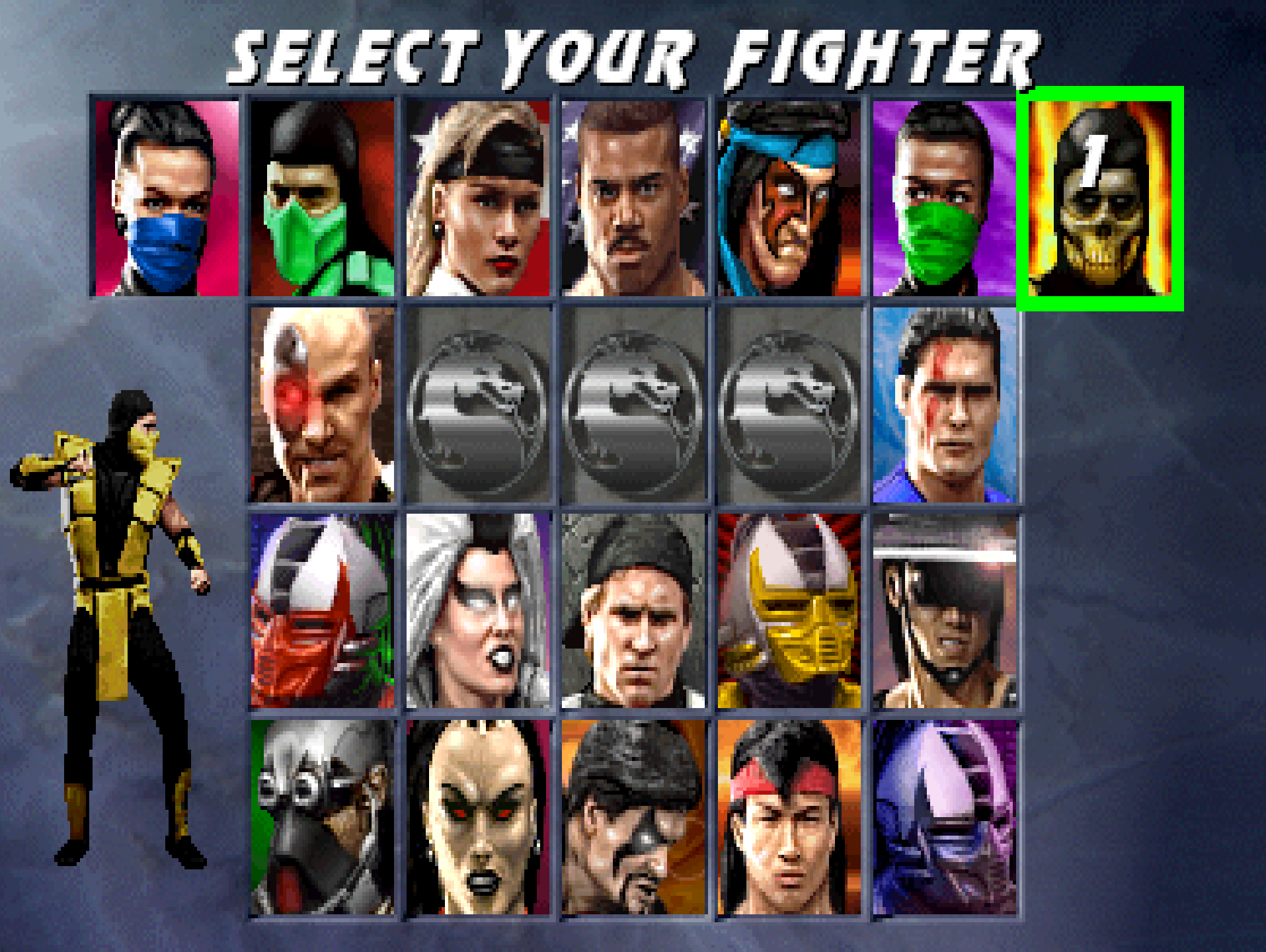
Cultural Impact and Legacy
- Tournament Staple: UMK3 became a long-standing favorite in competitive MK scenes.
- Arcade Popularity: Helped restore MK3’s reputation among fans.
- Home Versions: Released on SNES, Genesis, Saturn, and later in compilations.
- Legacy in Series: Many of its balance and roster ideas shaped later games like Mortal Kombat Trilogy and the 2011 reboot.
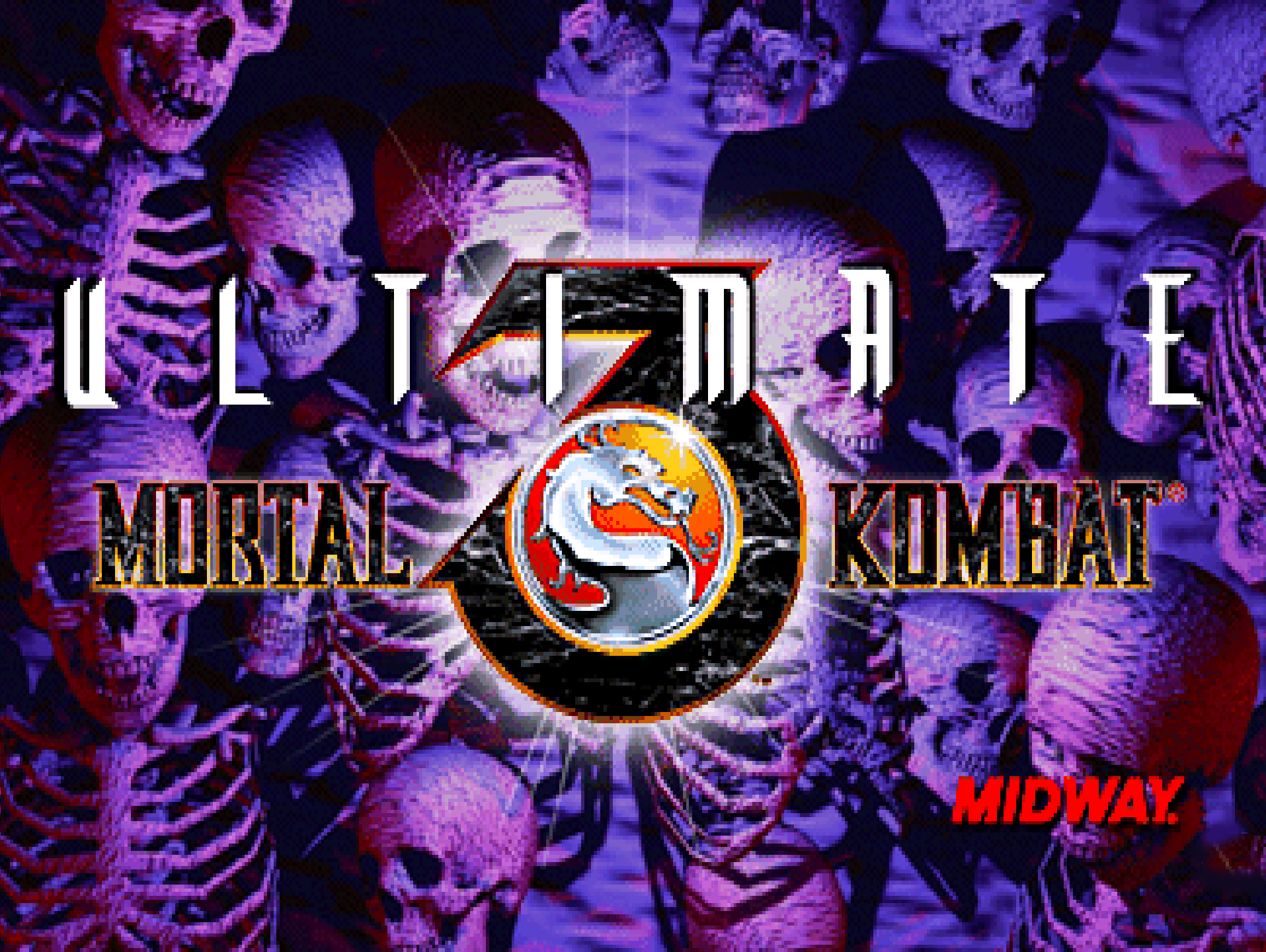
Fun Facts
- Smoke’s Code: Human Smoke was unlocked via a specific button combo on the character select screen.
- No New Boss: Motaro and Shao Kahn return as the sub-boss and final boss, respectively.
- Classic Soundtrack Restored: Many fan-favorite stage themes from MK2 returned.
- Popular Hack Base: UMK3 is often modded and used for custom rosters in the arcade emulator scene.
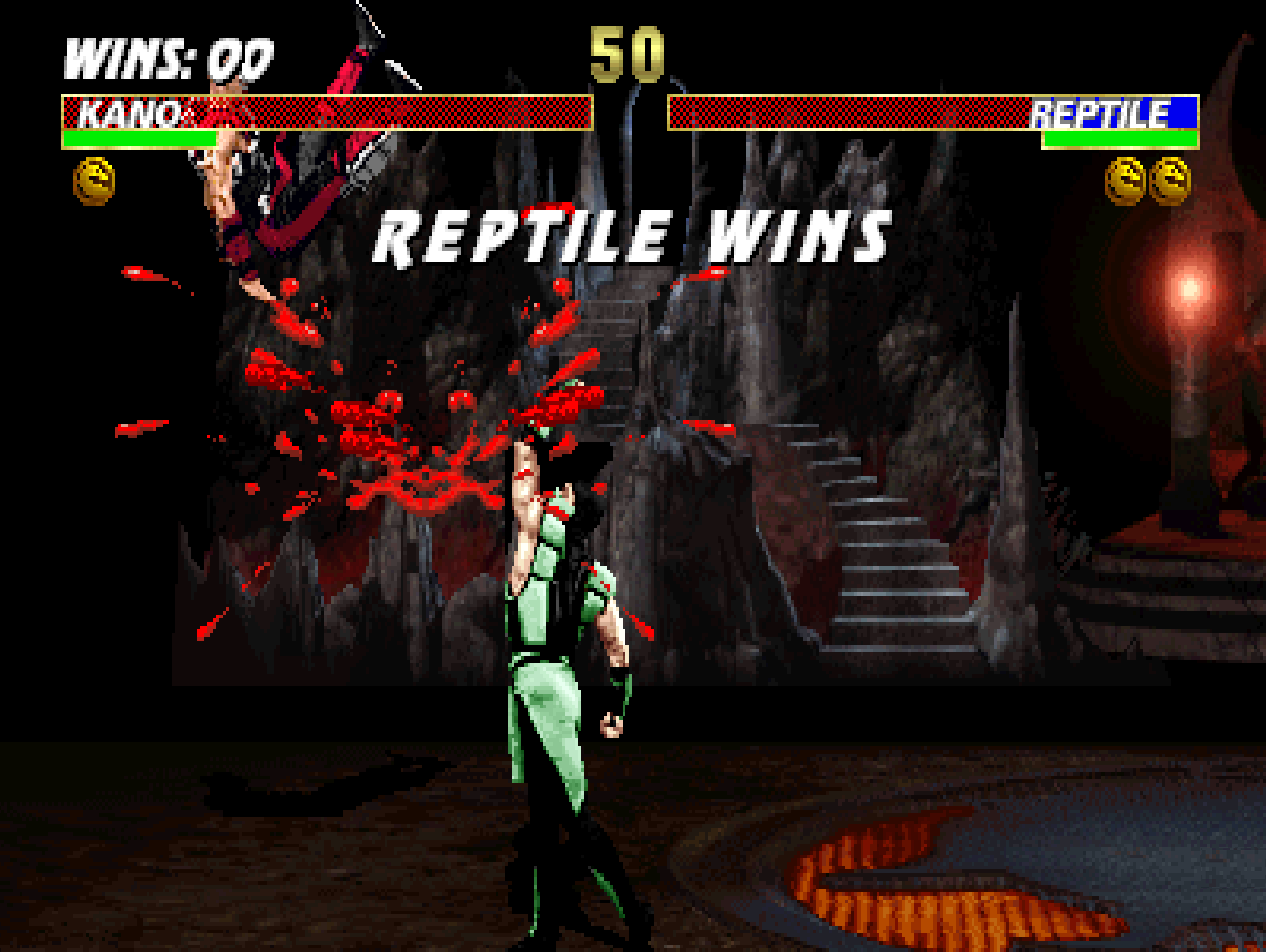
Conclusion
Ultimate Mortal Kombat 3 is more than a revision—it’s a celebration of what made MK great. By combining a massive character roster, high-speed gameplay, and a healthy dose of nostalgia, UMK3 became a staple in arcades and remains a beloved entry for casual fans and competitive players alike.
